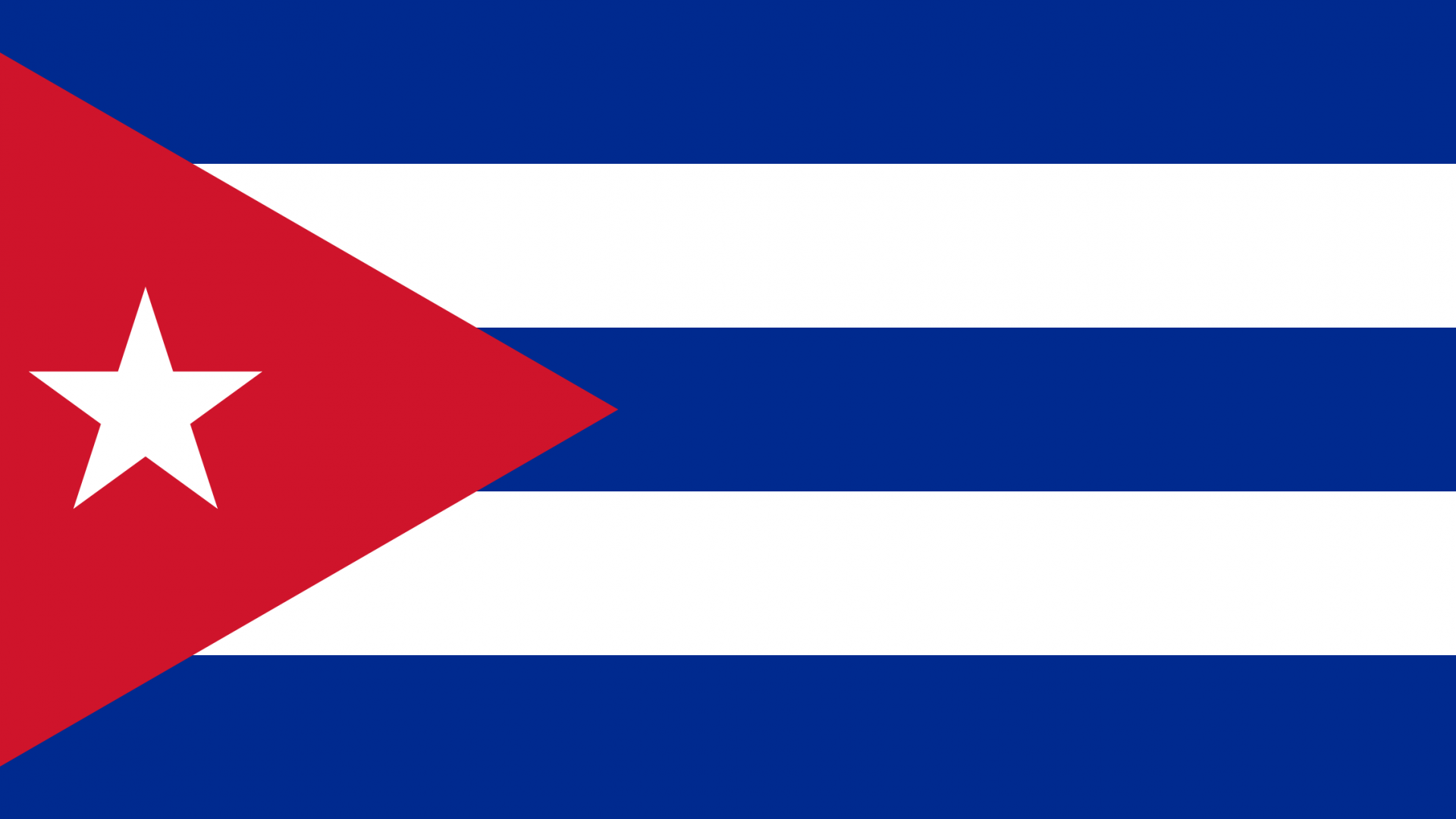Cuba is a country steeped in history, culture, and revolutionary spirit. There is much to learn about this fascinating nation, from its tumultuous past to its vibrant present. One way to explore Cuba’s identity is by examining its flag. The Cuba Flag is an emblem that embodies the values, struggles, and aspirations of the Cuban people.
History and Symbolism
The Cuba Flag is a simple design consisting of three horizontal stripes- blue, white, and red, with a white star on the left-hand side. The flag’s design has a rich history steeped in symbolism.
The blue stripes at the top and bottom of the flag represent the sky and the sea that surround Cuba. They signify the hope and freedom that the Cuban people have for their future. The white stripe between the blue stripes is a symbol of peace. The red triangle stands for the blood that was shed during the country’s struggle for independence from Spanish rule.
The white star, known as La Estrella Solitaria (the Lone Star), is a symbol of Cuba’s unity. In the past, it was said to represent independence; today, it symbolizes the strength and unity of the Cuban people.
Design and Colors
The Cuba flag’s design will dominate any space. Its simple yet impactful design draws attention, whether it’s in the heart of Havana or hanging in a quiet corner of a Cuban residence.
The colors of the flag have a deep meaning for the Cuban people. Blue represents the sky and the sea, and through it, Cuba’s hopes and dreams for the future. Blue also represents loyalty, trust, and constancy, values that the Cubans hold dear.
White symbolizes honesty, peace, and purity- values that the Cuban people hold true to their hearts. They believe that through these values, they can achieve a peaceful and prosperous nation.
Red represents the blood and the sacrifices that the Cuban people made during their fight for independence. They held on to their belief, risking everything to achieve their freedom and autonomy.
Adoption and Acceptance
The Cuba Flag, despite the many twists and turns in the country’s history, has stood the test of time and still serves as a symbol of the country’s identity, resilience, and enterprising spirit.
The flag has been in use since 1902. After a long struggle for independence under Spanish rule, Cuba adopted this flag as the banner of their new nation upon establishment. It was designed by Narciso Lopez, one of the leaders of the Cuban independence movement, and has since been an integral part of the nation’s history and identity.
The flag’s adoption was met with enthusiasm from the Cuban people and has since been a symbol of Cuban pride. Today, the flag is displayed in important national events, sporting competitions, and in front of many government buildings.
Conclusion
The Cuba Flag is more than just a piece of cloth with a design. It is a symbol of a nation’s identity and spirit. The flag’s blue, white, and red stripes, along with the white star in the center, represent the hope, unity, and sacrifice of the people of Cuba. From its adoption in 1902, the flag has been a vital part of the nation’s history, a beacon of hope during times of struggle, and a symbol of pride for all Cubans.
 Whether you’re in Havana, Miami, or anywhere in between, the Cuba Flag represents the pride, resilience, and the spirit of the Cuban people. From the struggles of the past to the hope of the future, the Cuba Flag is a powerful symbol of a nation that is alive and vibrant.
Whether you’re in Havana, Miami, or anywhere in between, the Cuba Flag represents the pride, resilience, and the spirit of the Cuban people. From the struggles of the past to the hope of the future, the Cuba Flag is a powerful symbol of a nation that is alive and vibrant.